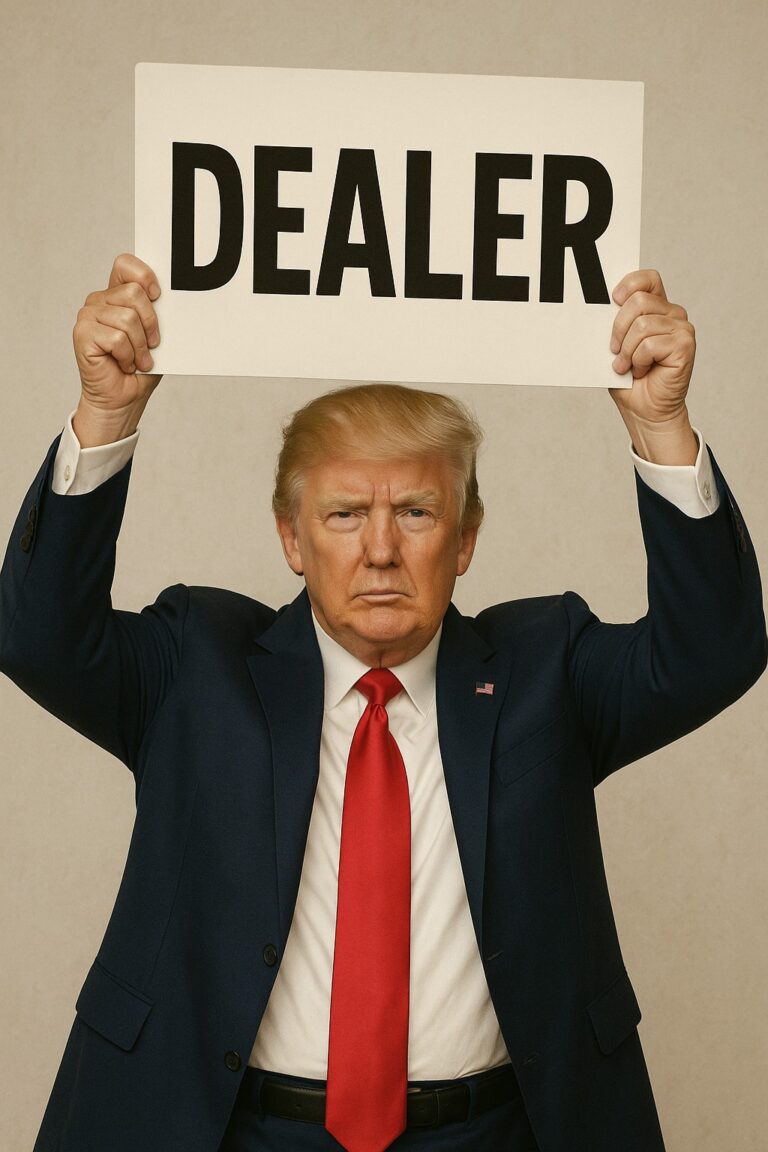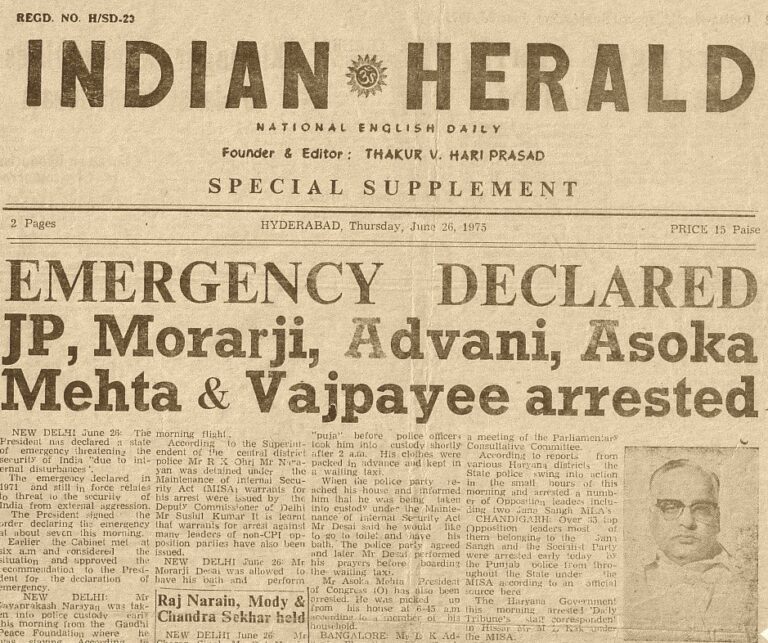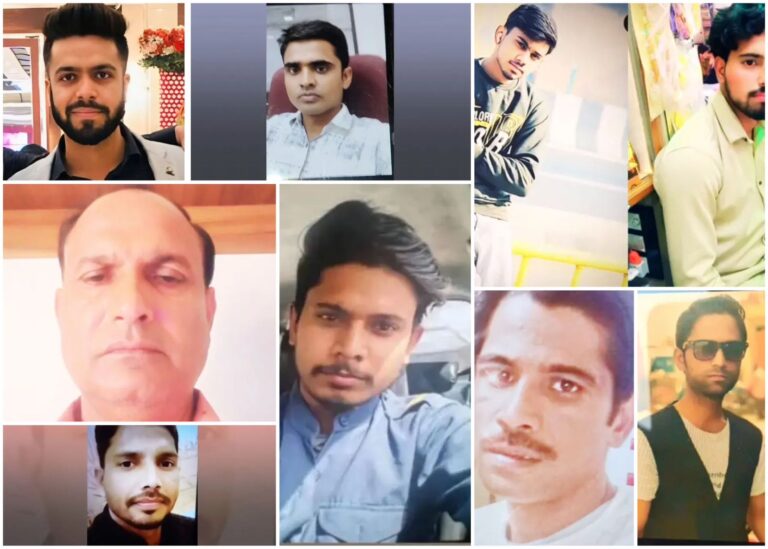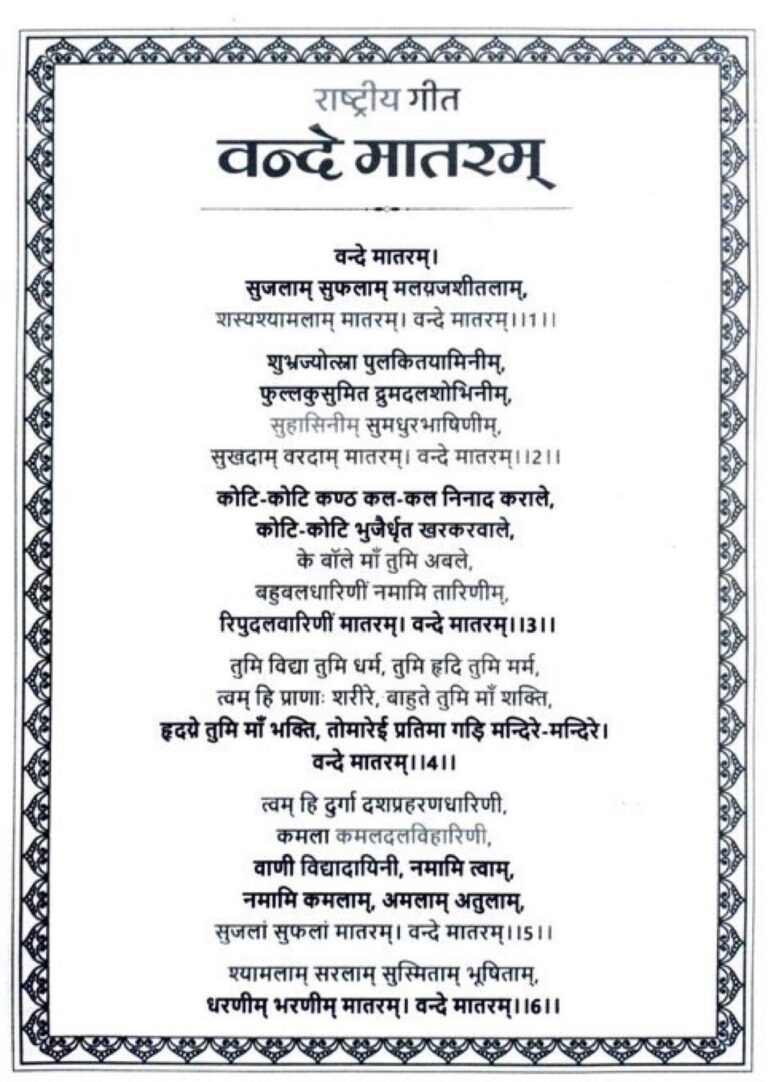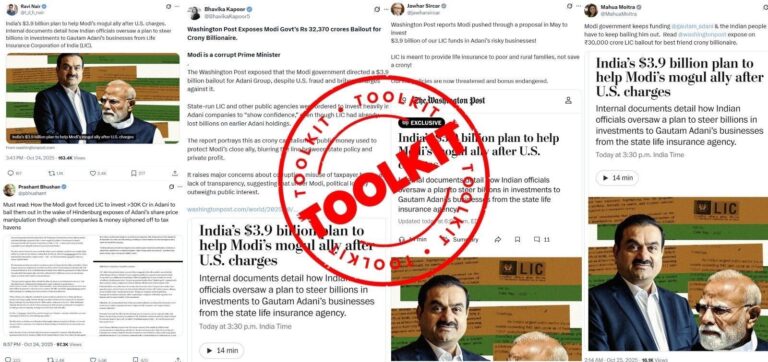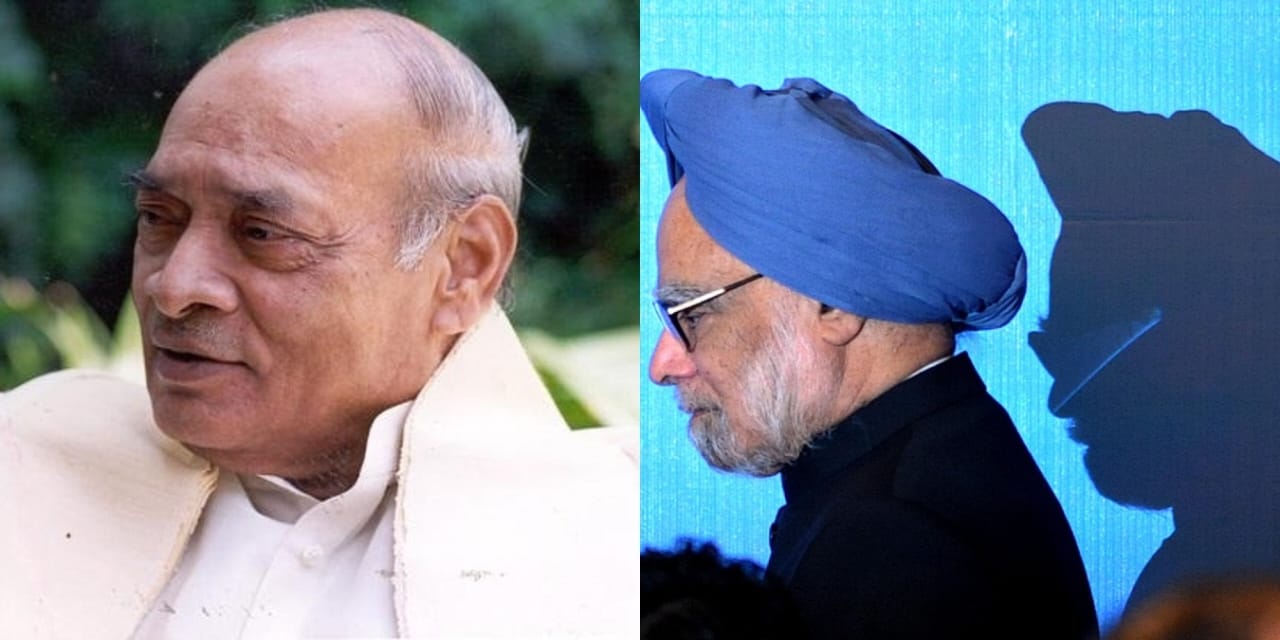
As we browsed through leading news portals like Hindustan Times, Times of India, Mint, The Hindu, and Deccan Herald today, we noticed a recurring theme in their articles: Dr. Manmohan Singh being hailed as the architect of India’s 1990s economic reforms. While his contributions as the finance minister during this transformative period are undeniable, the lion’s share of credit should rightfully belong to the then Prime Minister, Bharat Ratna Shri P. V. Narasimha Rao.
The Context: Economic Crisis of the 90s
India’s economic liberalization in 1991 was born out of necessity. The country was on the verge of a financial collapse, with foreign reserves barely enough to cover three weeks of imports. However, this dire situation wasn’t created overnight—it was the cumulative result of decades of flawed economic policies under successive Congress governments, including those led by Indira Gandhi and Rajiv Gandhi.
Dr. Manmohan Singh, who served in key economic roles from the early 1970s, was very much a part of the economic apparatus that oversaw these policy missteps. From being the Economic Advisor in 1971 to Chief Economic Adviser in 1972, and later as RBI Governor and Deputy Chairman of the Planning Commission, Singh held influential positions during periods of rising inflation, economic stagnation, and increased reliance on foreign borrowing.
A Legacy of Economic Mismanagement
During the Emergency (1975-1977), a period Singh himself has occasionally praised, the economy faced severe challenges. Inflation soared to 33.3% in 1974, and the country’s economic direction remained heavily centralized, with a focus on protectionism, nationalization, and deficit financing. These policies stifled growth, discouraged foreign investment, and led to a bloated public sector.
‘Some Good Things’ Happened During Emergency: Manmohan Singh

Despite his expertise, Dr. Singh did little to push for meaningful reforms during this period. Instead, he worked within the confines of a system that resisted liberalization and embraced heavy borrowing, compounding India’s financial woes. By the time PV Narasimha Rao assumed office in 1991, the economy was teetering on the brink of collapse.
P. V. Narasimha Rao: The Forgotten and Silent Reformer
Often overshadowed by the economic narrative surrounding Dr. Singh, PV Narasimha Rao was the true architect of the reforms that transformed India. Faced with an unprecedented crisis, Rao displayed remarkable political acumen and courage. It was under his leadership that India approached the IMF and World Bank for assistance. These institutions demanded sweeping structural reforms, including opening up the economy, reducing tariffs, and encouraging foreign investment.
While Dr. Singh was tasked with implementing these changes, it was Rao who provided the political backing and shielded Singh from opposition within the Congress party. Rao made tough decisions, often against the wishes of party stalwarts and even Dr. Singh. For instance:
- Rao’s government dismantled the License Raj, a move that faced significant resistance within Congress.
- He spearheaded efforts to attract foreign investment and privatize state-owned enterprises.
- Rao navigated the political complexities of liberalization in a party that had historically championed socialist policies.
Dr. Singh may have been the face of the reforms, but it was Rao’s vision and resolve that laid the foundation for India’s economic transformation.
A Misplaced Narrative
The persistent glorification of Dr. Manmohan Singh as the sole architect of India’s economic reforms ignores the pivotal role played by P. V. Narasimha Rao. This narrative also fails to acknowledge the decades of economic mismanagement under Congress governments, during which Singh held key positions.
As we reflect on India’s economic journey, it’s essential to recognize the true drivers of change. Rao’s leadership during a time of crisis, his ability to navigate political resistance, and his commitment to reform deserve far greater acknowledgment. Dr. Manmohan Singh’s role as an implementer was important, but without Rao’s political will, the 1991 reforms would never have seen the light of day.
It’s time we give P. V. Narasimha Rao his due credit as the architect of India’s economic liberalization—a leader who quietly but decisively transformed the nation’s destiny.
That was on Economic Front, Now lets compare the treatment the two ex Prime ministers got from the Party after their demise.
While The congress Party deserted P. V. Narsimha Rao, not allowing his dead body to be kept at Party Headquarters for the Last Respects. In fact His body was sent to Andhra Pradesh for the last rites. In Contrast, The Congress has asked for a Memorial from the present day Govt.
https://mediaexpose.in/wp-content/uploads/2024/12/WhatsApp-Video-2024-12-28-at-2.35.57-PM.mp4
Is it being done by the congress to wash out all the criticism it continuously receives on the treatment it meted out to Late Narsimha Rao? At least their efforts suggest so.
https://mediaexpose.in/wp-content/uploads/2024/12/marga-video.mp4
We leave it up to our readers to judge the Legacies of Congress’s two former Prime Ministers.

